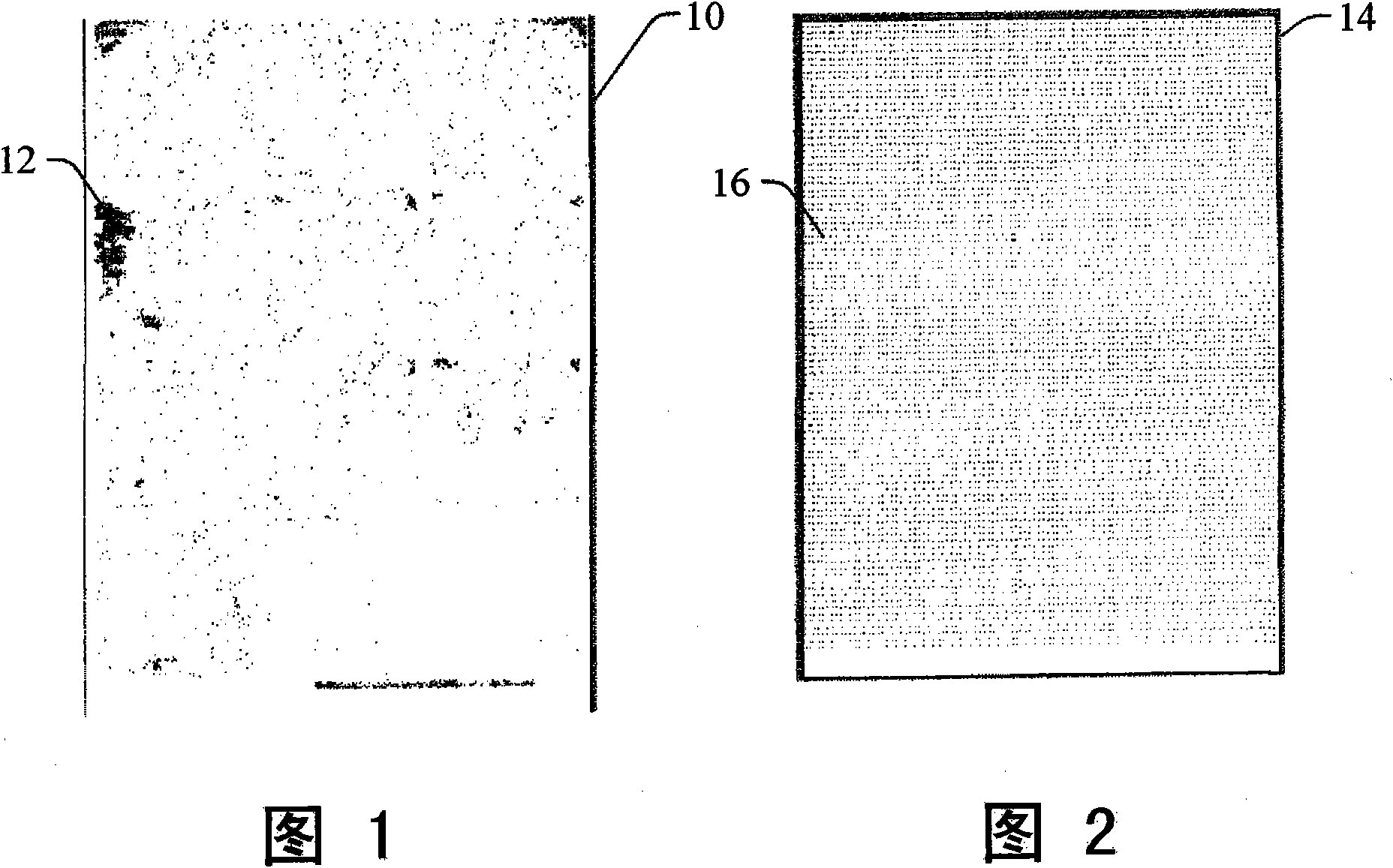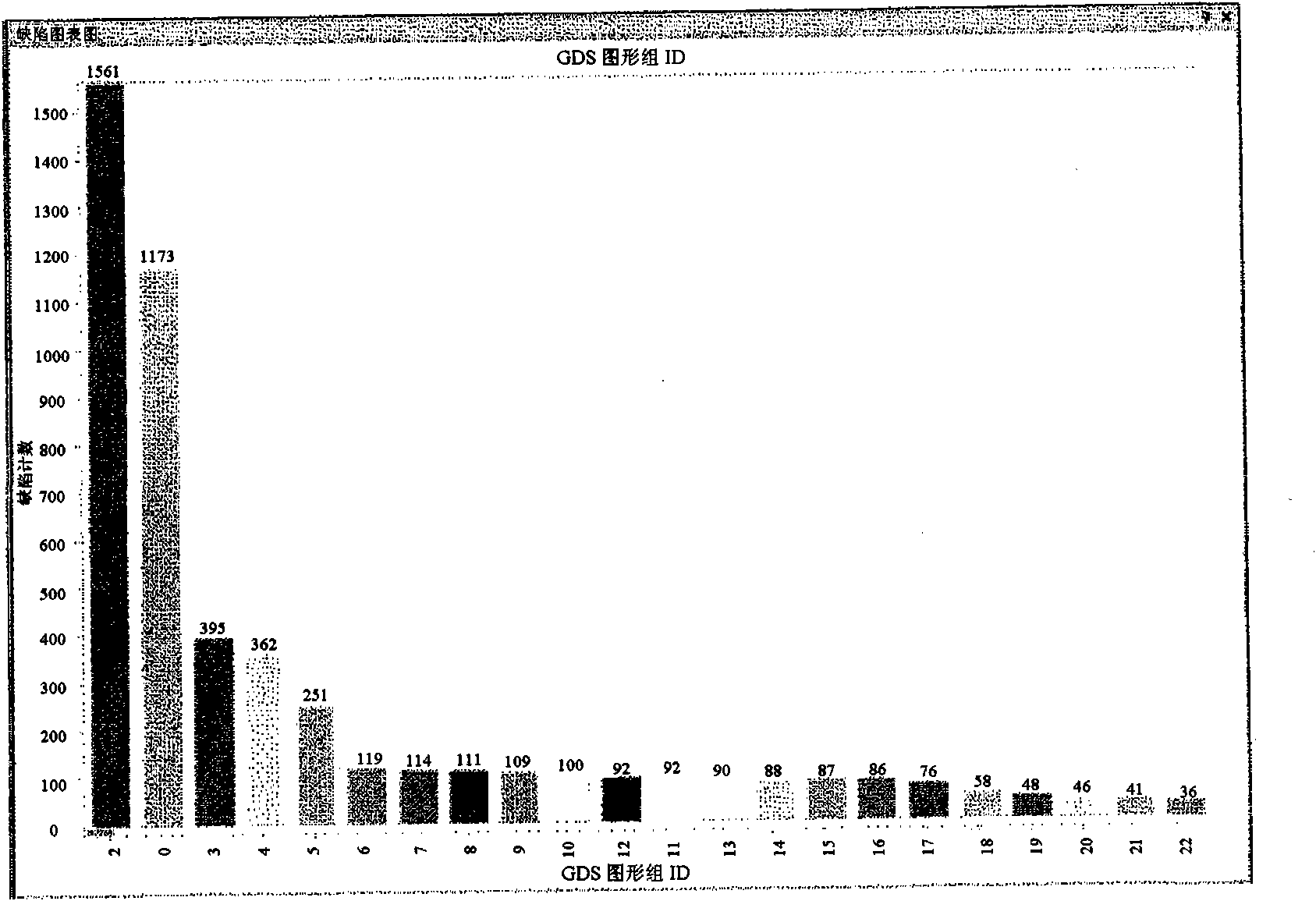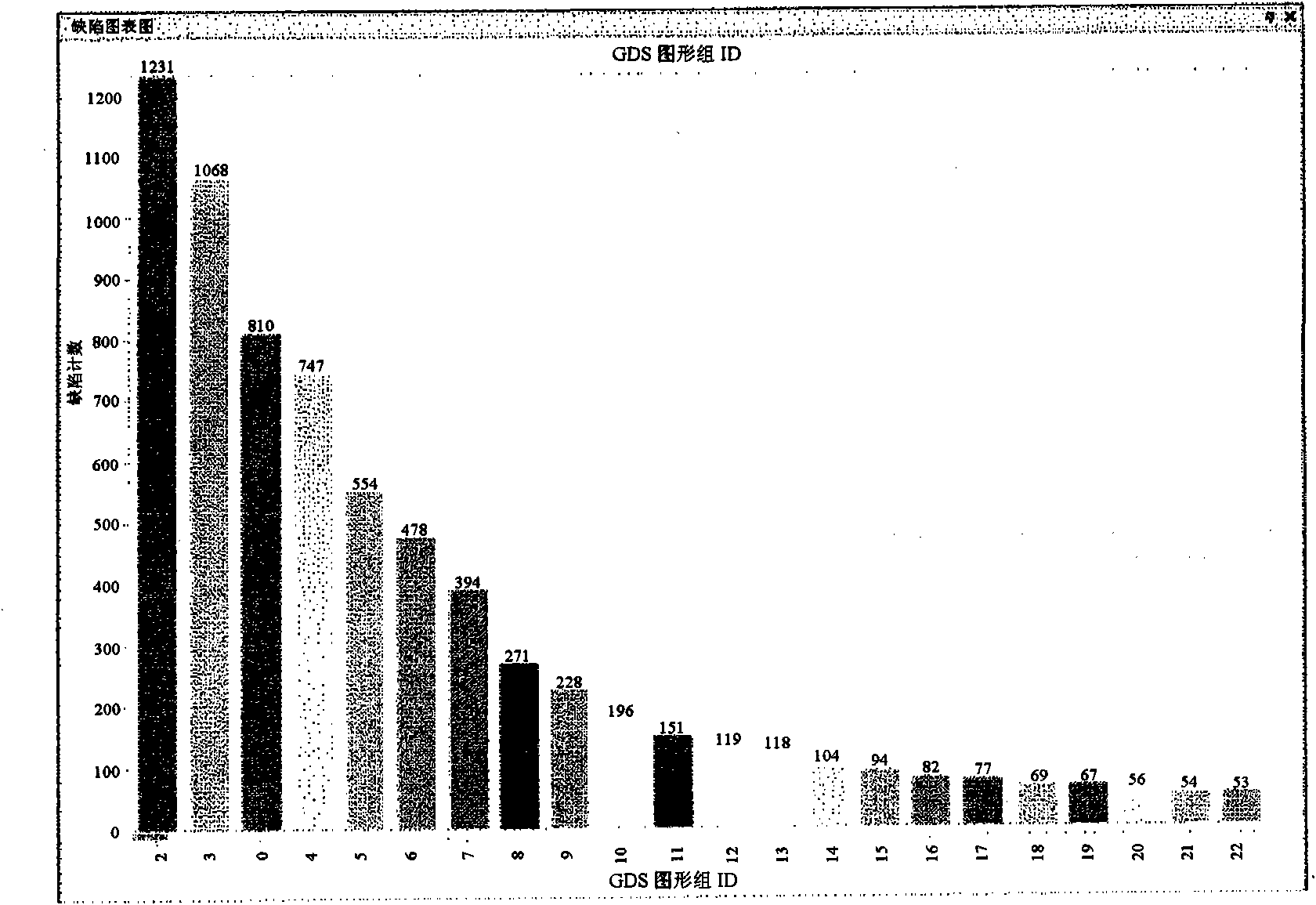Computer-implemented methods for determining if actual defects are potentially systematic defects or potentially random defects
一种系统性、计算机的技术,应用在计算机辅助设计、计算、仪器等方向,能够解决低劣设计、错误结果、小设计规则等问题
- Summary
- Abstract
- Description
- Claims
- Application Information
AI Technical Summary
Problems solved by technology
Method used
Image
Examples
Embodiment Construction
[0036] As used herein, the term "actual defect" refers to an actual defect detected on a wafer. Thus, the term "actual defect" does not refer to actual defects that may be present on a wafer but have not been detected on that wafer.
[0037] The term "wafer" as used herein generally refers to a substrate formed of semiconducting or non-semiconducting materials. Examples of such semiconductor or non-semiconductor materials include, but are not limited to, single crystal silicon, gallium arsenide, and indium phosphide. Such substrates are typically found and / or handled in semiconductor fabrication facilities.
[0038] A wafer may include one or more layers formed on a substrate. For example, such layers may include, but are not limited to, a resist, a dielectric material, a conductive material, and a semiconductor material. Many different types of such layers are known in the art, and the term wafer as used herein is intended to encompass all types of wafers including such la...
PUM
 Login to View More
Login to View More Abstract
Description
Claims
Application Information
 Login to View More
Login to View More - R&D
- Intellectual Property
- Life Sciences
- Materials
- Tech Scout
- Unparalleled Data Quality
- Higher Quality Content
- 60% Fewer Hallucinations
Browse by: Latest US Patents, China's latest patents, Technical Efficacy Thesaurus, Application Domain, Technology Topic, Popular Technical Reports.
© 2025 PatSnap. All rights reserved.Legal|Privacy policy|Modern Slavery Act Transparency Statement|Sitemap|About US| Contact US: help@patsnap.com



